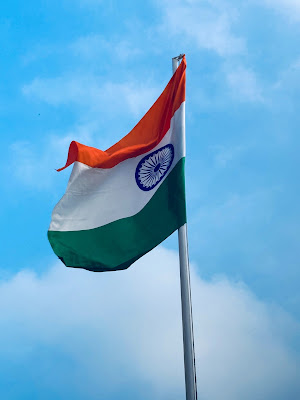Cultural Heritage of India | Handicraft | Art of Weaving, Embroidery and Leather Industry
Art of Weaving and Embroidery Ancient India had a unique place in the fields of hand weaving, embroidery and knitting. It was said that the whole piece of cloth of a particular size (Taka) of fine muslin of Dhaka could easily pass through a ring and could be adjusted in a matchbox. Moreover 'Galicha' (carpet of several regions), knitting work on attires and artistry etc. occupied a prominent place. Amongst them are Patola of Patan (Gujarat), Bandhani of Rajasthan, kanjivaram saree and kashmiri cloth having 'Kasab' work . During the golden period of Solanki era, Gujarat had progressed in this field. During the reign of Siddhraj Jaisingh many artisans (weavers) came and settled in Patan and made the town world famous, especially for its Patola. Some weavers of Patan were the best artists particularly of Patola of Patan. This art of Patan is more than 850 years old. Only a handful people have the skill for such a complicated and time consuming art o


